How To Craft the Ideal Retail Manager CV
Looking for a way to impress recruiters and hiring managers for a retail manager position? We go over the basics of a CV.
Looking for a way to impress recruiters and hiring managers for a retail manager position? We go over the basics of a CV.
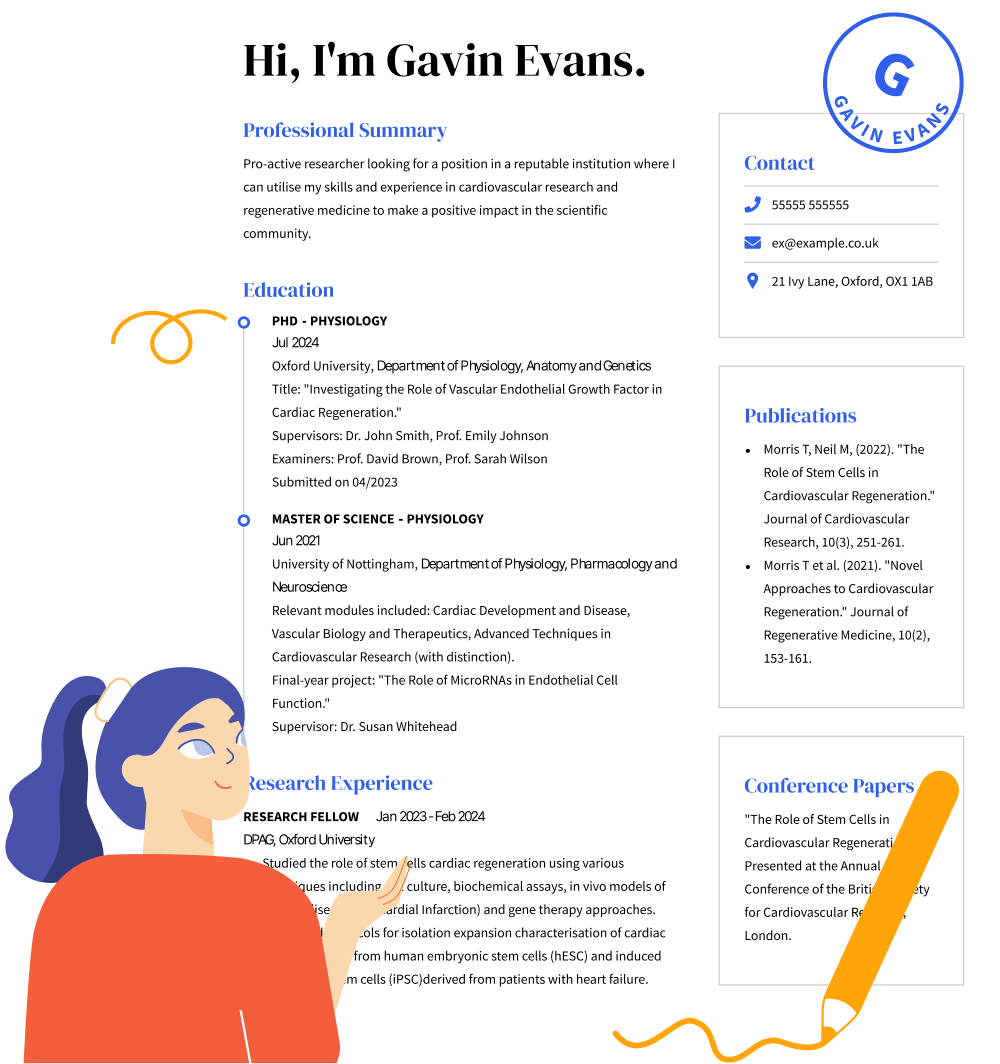
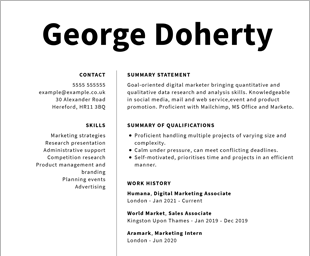
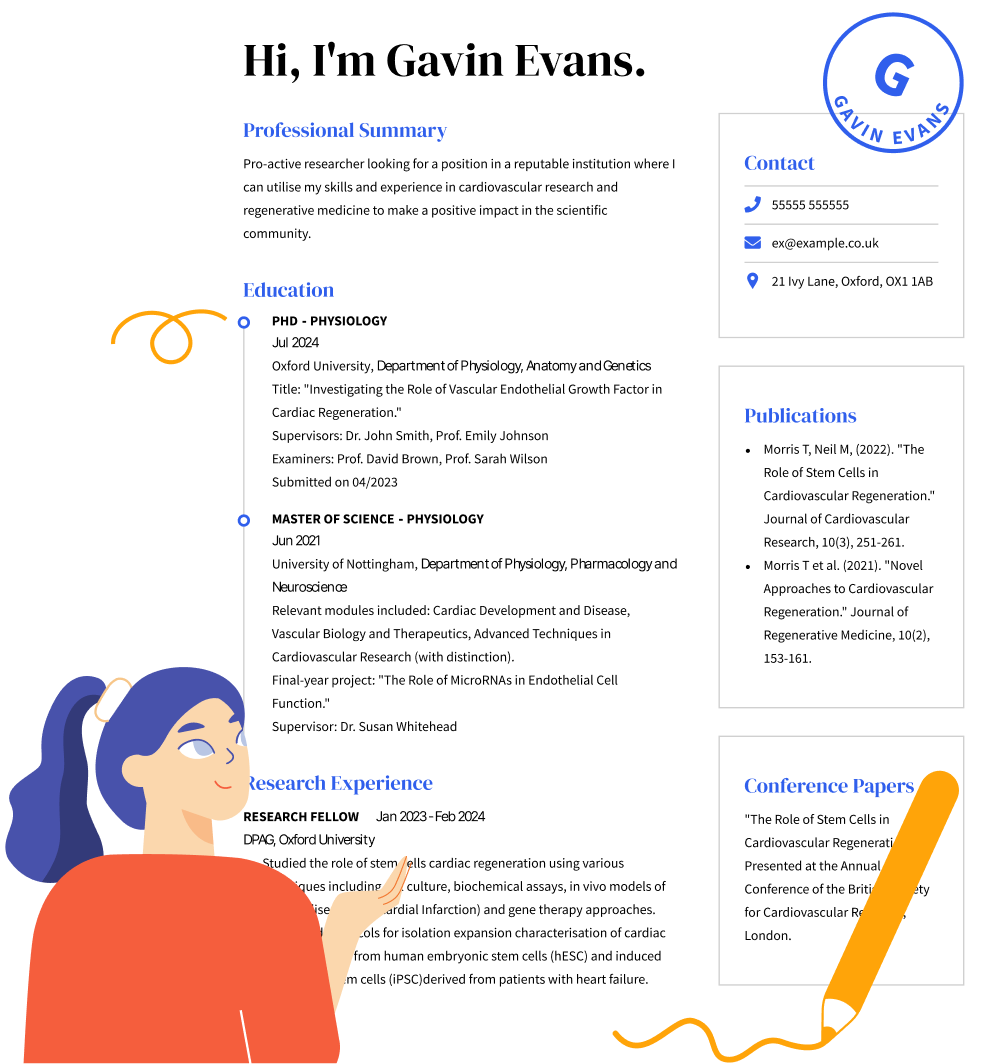
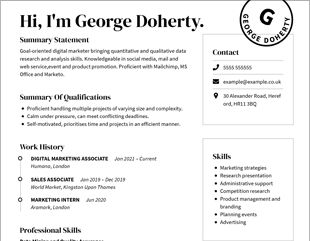
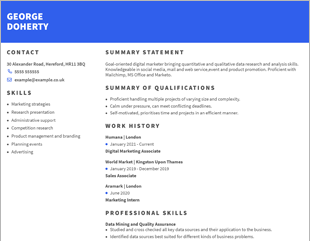
OUR USERS HAVE BEEN HIRED BY
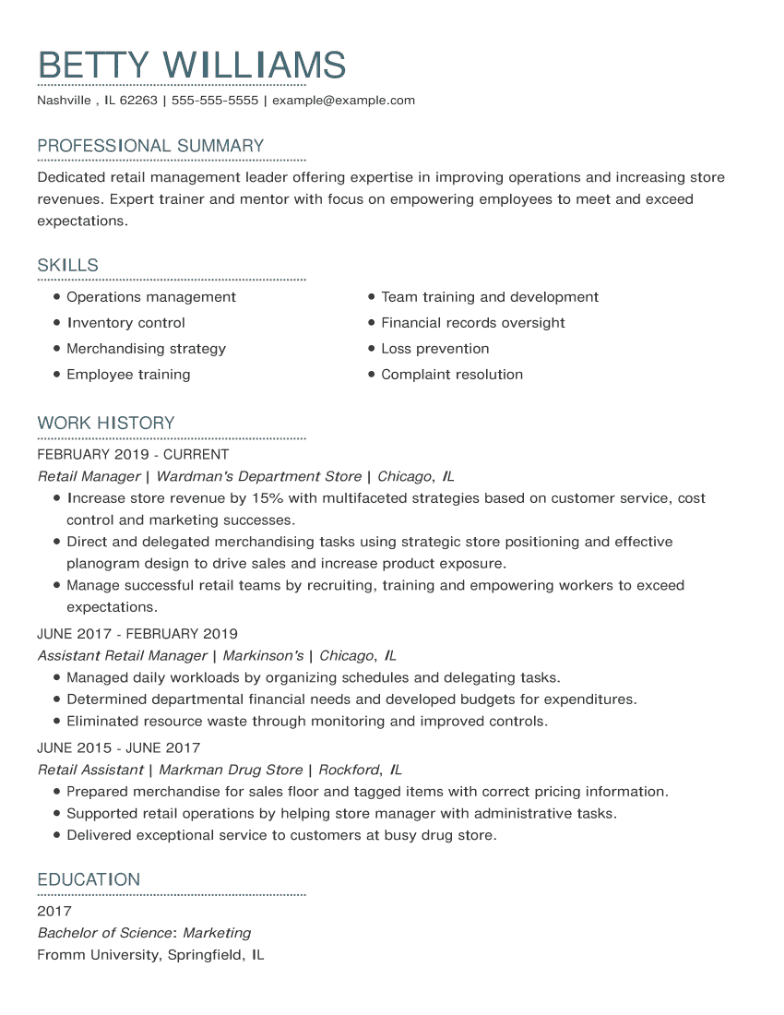
Header
Professional summary
After your header, it’s essential to include a professional CV summary. This brief summary should provide a brief description of your background as well as your top skills and achievements. All of these should be tailored to the job you are applying for and demonstrate how your skills make you the ideal candidate. While the introduction for most CVs is the same, the next part of your CV depends on what type of format you are using.
There are three different types of CV formats, including:
A chronological format lists your work experience in reverse-chronological order. Start with your most recent position at the top and work your way toward your older positions toward the bottom. Then list your skills and abilities, followed by your education details.
For a functional format, start with an extensive summary of your skills and then talk about your professional work history and experiences. Toward the end, you’ll discuss your education history.
Finally, for a combination format, talk about your most relevant skills first, then your current or previous work experience, and finally, your education experience.
Skills
Your CV’s skill and experience section are quite straightforward but extremely important for future employers. No matter what format you choose, the skills section should showcase capabilities that fit what the job is looking for. Highlight your best soft skills and hard skills. For example, while writing a retail manager CV, you could include a mix of the following skills:
Aside from your skills, you can also include any related certifications or training you’ve had.
Work history
For the work history section of your CV, start with your most recent position and work backward toward your oldest job experiences. When writing about your work history, write how many years of experience you have in that position and a few bullet points covering prime achievements and responsibilities at that job. Your list of responsibilities should properly showcase your best skills and attributes to the company you worked for. For example, you could write bullet points like this:
If you’re having trouble formatting your work history, consider using a CV template to get inspiration and a better idea of how you should structure your CV.
Education
Finally, it’s crucial to include your education history on your CV. If you graduated from college, make sure to include the name of your university, your programme, and the degree you earned. If you went to college but didn’t graduate, you can still incorporate any relevant college courses in your education history. If you didn’t go to college but graduated high school, include that along with the name of your high school.
Do’s:
Don’ts:
If a company requests a cover letter and your CV for a job application, you must include a well-written cover letter. If you need ideas for formatting your cover letter, check out our cover letter templates.
If you don’t have much experience in the field, you can include relevant internships, soft skills, hard skills and any certifications that may apply.
When creating your CV, look through the job application and description to identify keywords that spell out the skills and qualifications the job needs. Then apply these keywords when describing your own skills and work history. Remember, be truthful about your abilities. Don’t just copy and paste from the job description.
We personalize your experience.
We use cookies in our website to ensure we give you the best experience, get to know our users and deliver better marketing. For this purpose, we may share the information collected with third parties. By clicking “Allow cookies” you give us your consent to use all cookies. If you prefer to manage your cookies click on the “Manage cookies” link below.